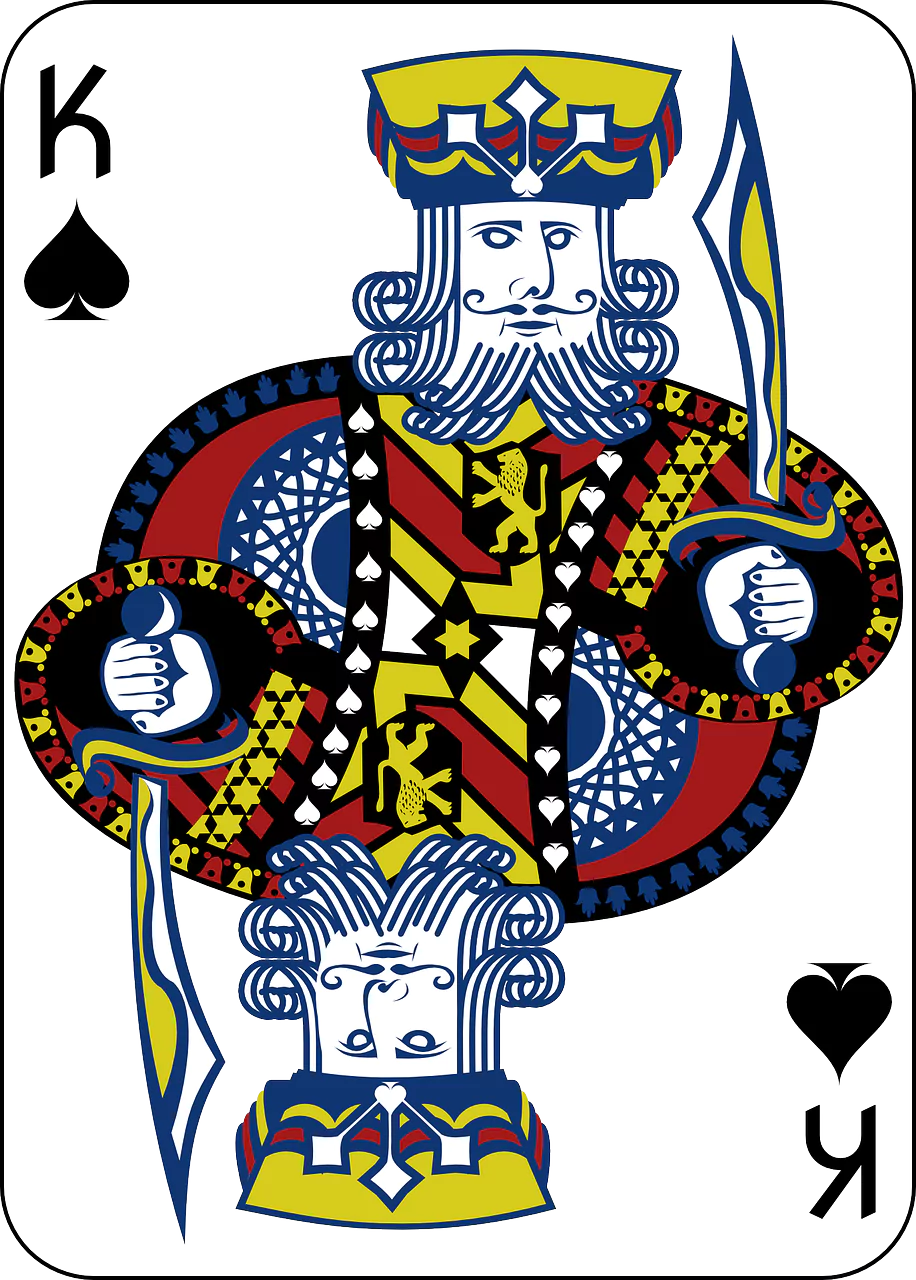In the grand theater of poker, where every hand is a narrative waiting to unfold, the stages of Flop, Turn, and River form the epic climax. These community cards, unveiled in succession, carry the weight of strategy, anticipation, and destiny. Join us as we delve into the intricate world of Flop, Turn, River—the heartbeat of poker—exploring their significance, the strategic ballet they orchestrate, and the artistry players employ as they navigate this unfolding symphony of cards.
Act I: The Deal and the Anticipation
Before the drama of Flop, Turn, River unfolds, there’s a quiet prelude—the deal. The dealer distributes two private cards to each player, setting the stage for the forthcoming narrative. As players survey their concealed hands, a palpable sense of anticipation fills the air. The deal is the overture, signaling the beginning of a strategic masterpiece.
Act II: The Flop – The Unveiling Begins
The curtain rises with the unveiling of the Flop—three community cards laid bare at the center of the table. This trio of cards is the opening act, a canvas upon which players begin to paint their strategies. The Flop introduces possibilities, challenges, and the potential for narrative twists.
Strategic Reckoning: The Flop demands strategic reckoning. Players assess the synergy between their hole cards and the community cards, contemplating potential winning combinations. The strategic dance begins as each participant evaluates their position, opponents’ likely holdings, and the evolving dynamics of the hand.
The Art of Bluffing: With the introduction of the Flop, the art of bluffing comes to the forefront. Players may choose to bluff, employing betting patterns to deceive opponents about the strength of their hands. This strategic layer adds depth to the unfolding narrative, as opponents attempt to decipher the true intentions behind each bet.
Pot Dynamics: The Flop significantly influences the dynamics of the pot. Players decide whether to continue investing in the hand, fold their cards, or perhaps raise the stakes. The size of the pot at this stage lays the groundwork for potential future winnings or losses.
Act III: The Turn – A Twist in the Tale
As the drama intensifies, the Turn emerges—a single card that adds a twist to the tale. The Turn is a pivotal chapter, introducing new possibilities, challenges, and demanding a fresh round of strategic calculation.
Expanding the Horizon: The Turn broadens the horizon of potential winning combinations. Flush draws, straight draws, and two pairs come into play as the fourth community card is revealed. Players holding strong hands may find their position solidified, while those on the brink of potential glory or peril must recalibrate their strategies.
Strategic Adjustments: The Turn demands strategic adjustments. Savvy players reassess their hand strength, considering the implications of the new card on the board. The dynamics of the hand can shift dramatically, prompting players to alter their betting patterns to reflect the evolving landscape.
The Art of Timing: The Turn introduces an element of timing, a crucial aspect of poker strategy. Players must decide when to display strength, when to feign weakness, and when to strike with precision. The ability to harness the art of timing distinguishes the masters of poker from the novices.
Act IV: The River – The Culmination of Destiny
The climax of the poker narrative arrives with the River—the fifth and final community card. The River serves as the culmination of destiny, determining the fate of players’ hands and the distribution of chips.
Potential Revelations: The River can solidify the strengths of certain hands or reveal hidden vulnerabilities. It is a moment of revelation, where players discover the full narrative arc of the hand. The potential for drama intensifies as the final piece of the community card puzzle is laid bare.
The Ultimate Bluff: For those adept at the art of bluffing, the River presents the ultimate canvas. A well-timed and well-executed bluff at this stage can either secure victory or unravel a carefully constructed façade. Players must assess the totality of the community cards and their opponents’ likely holdings before deciding whether to bluff or play with genuine strength.
Decision Point: The River is the final decision point for players. After the betting rounds following the River, hands are revealed, and the winner is declared. The strategic choices made throughout the hand, from the Flop to the Turn and now the River, culminate in this moment of truth.
The Psychological Theater: Tells and Tension
Beyond the technical aspects, the Flop, Turn, River stages contribute significantly to the psychological theater of poker. Observant players may glean information from opponents’ reactions, betting patterns, and subtle “tells” that betray the strength or weakness of their hands.
Subtle Clues: The unveiling of community cards provides a rich tapestry of subtle clues. Observant players may detect shifts in body language, changes in breathing patterns, or variations in betting behavior that hint at the strength or vulnerability of opponents.
Pressure Points: The pressure intensifies with each revealed card, reaching its zenith at the River. Tension fills the air as players grapple with the weight of their decisions, acutely aware that the outcome of the hand hangs in the balance. The psychological interplay heightens, adding a layer of complexity to the strategic landscape.
Strategic Versatility: From Texas Hold’em to Omaha
While the Flop, Turn, River structure is most commonly associated with Texas Hold’em, a variant like Omaha introduces its own unique dynamics. In Omaha, players receive four hole cards instead of two, and they must use exactly two of them in combination with three community cards to form their hand. The increased number of hole cards expands the possibilities at each stage of the hand, requiring players to adapt their strategies accordingly.
The Digital Dimension: Flop, Turn, River in Online Poker
In the digital realm of online poker, the Flop, Turn, River stages maintain their significance, albeit in a virtual environment. The automated shuffling and dealing of cards, along with the absence of physical tells, introduce new dynamics. Online players rely on timing, betting patterns, and statistical analysis to decipher the strategic landscape.
Conclusion: The Ongoing Saga of Flop, Turn, River
The Flop, Turn, River stages in poker constitute an ongoing saga—a narrative that unfolds with every hand and captivates players with its twists and turns. Beyond the mere revelation of cards, these stages represent strategic crossroads, demanding a delicate dance of calculation, intuition, and timing. The artistry of poker lies not just in the mastery of individual hands but in the ability to navigate the river of cards with finesse. As players gather around the green felt, each Flop, Turn, and River becomes a unique chapter in the grand story of poker—an ever-evolving narrative that continues to captivate enthusiasts worldwide.


